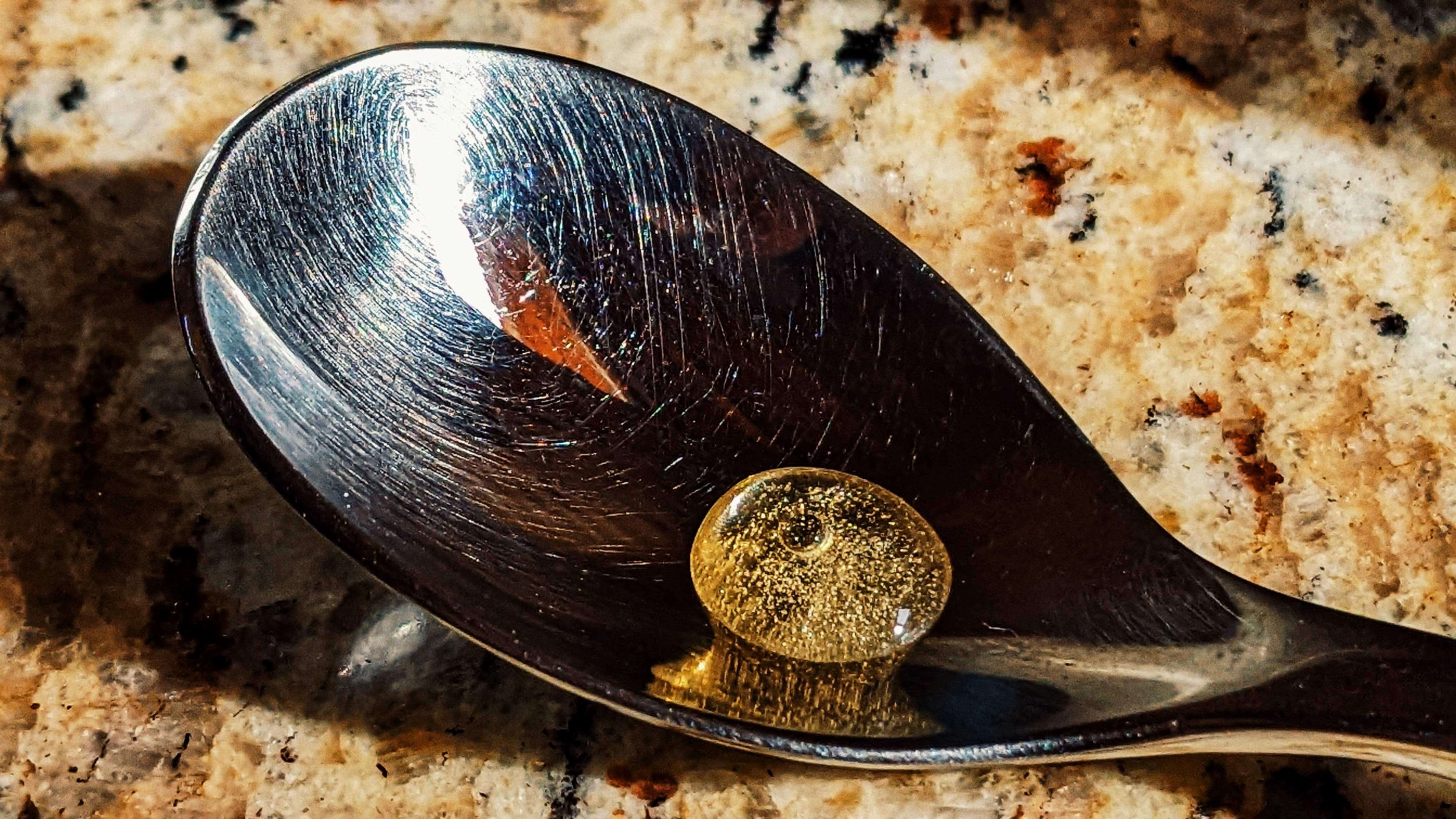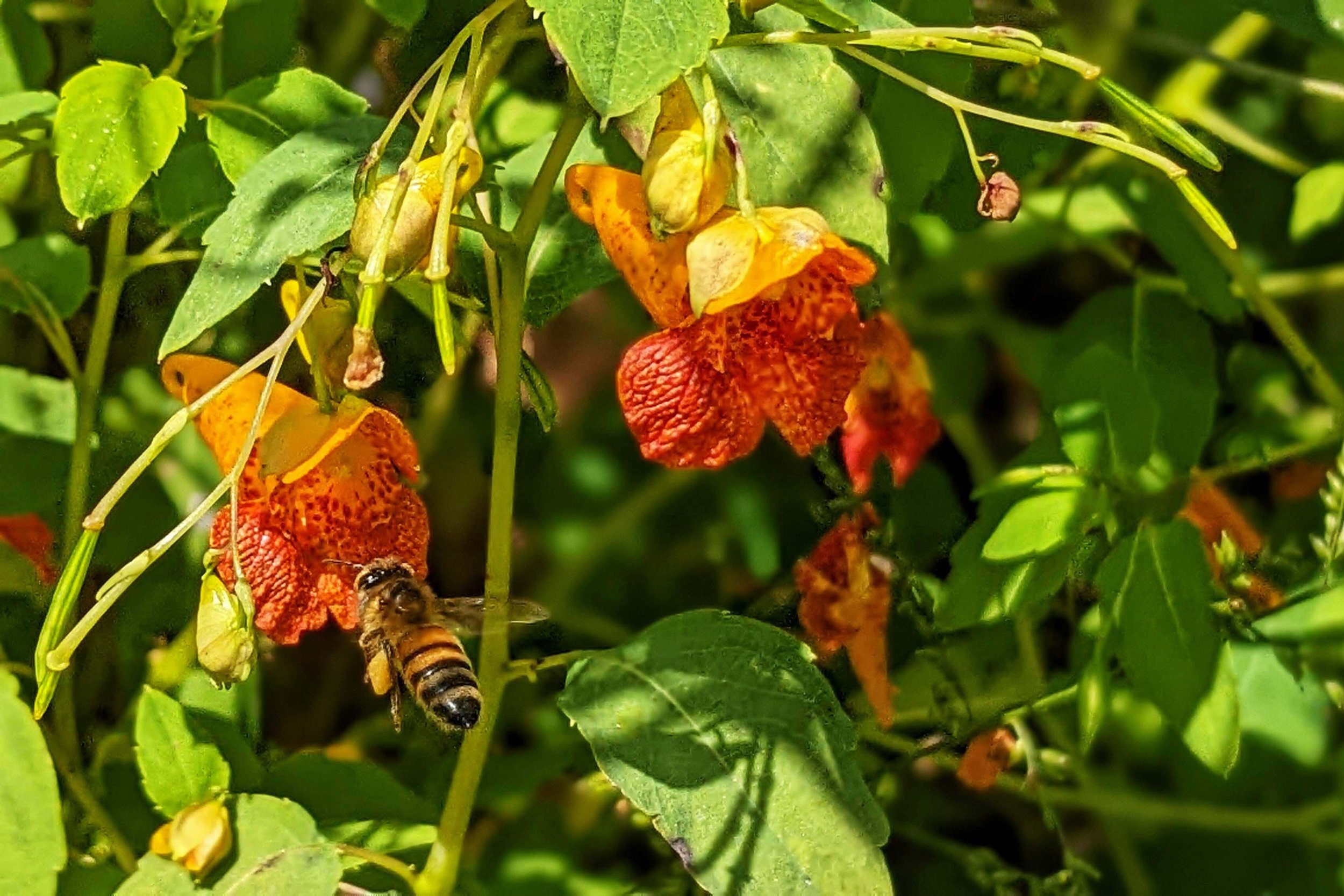Can you make money selling honey? The short answer is—under most circumstances—no you cannot. At least not for a long, long time. This is because it takes a LOT of honey sales to overcome the initial investment required to start keeping bees, plus it can take a couple years before your first harvest. Compared to many small businesses, becoming a beekeeper is relatively affordable with low barriers to entry; however, the the road to profitability is long, and the work required for success is more than most people expect. This is not a “set-it-and-forget-it” business. It’s thoughtful planning and brutal physical labor to produce what is a commodity product. Let’s get into some of the details.
Honey prices
This is how much honey a worker bee makes in her lifetime. It takes a lot of bees’ lives to make a pound of honey.
The most recent issue of the American Bee Journal lists the wholesale price of bulk honey in my area as $2.80 per pound. That’s insanely cheap and below the cost of production for most hobbyists, in part due to the fact that honey imported from Vietnam, for instance, is listed $1.78 per pound. At this price, a realistic expectation of 50 pounds of honey per colony would only earn $89 per year (before expenses, mind you). At the same time, honey in my area is retailing anywhere between $4.65 and $10.00 per pound, which is far more reasonable. Assuming you can sell in the middle of that range—$7.33 per pound—a colony that produces 50 pounds a year now grosses us $367. Much better, but you can imagine the number of hives necessary to make a meaningful income. This is why commercial beekeepers need to run thousands of hives to remain viable.
So don’t expect to sell to the wholesale market as a hobbyist. Those bulk sales only make sense for commercial operators, and even they are probably making most of their money from pollination contracts rather than honey sales. Instead, hobby beekeepers generally retail their honey directly to customers, which gives them a chance of eventually turning a profit, but also introduces additional expenses and time commitments.
Initial Equipment Costs
Thousands of dollars worth of woodenware
The biggest single expense for new beekeepers is woodenware—that is, the hive(s) you’ll use to house your bees. A basic beginner hive at my local bee store costs $213, unassembled. This is a very basic setup that might get you through your first year or two (as long as you’re not making much honey—which is the goal, after all). Add another $150 for a cheap kit (hive tool, smoker, bee brush, protective clothing), and you’re up to $363 for the basics. If you’re wise, you’ll take a beginner beekeeper class at your local bee club, which will run from $50 to $100. So let’s make your total initial outlay $413. These costs are conservative and assume you’re starting with just a single colony, which is rare and often not recommended.
Buying Bees
Beekeeping supply stores and local clubs are good places to compare prices for bees
I’m seeing bees for sale this year at $160 for a package and $200 for a nucleus colony. I recommend starting with a nuc to maximize your chance of success in the first year, so that brings the total starting cost up to $613. That’s the best-case cost for one hive, which—if you manage to keep your bees alive and harvest some honey—may eventually bring in gross revenue of just $367 after a couple years!
Recurring Supplies
Once you’re up and running, you’ll start to encounter the operating costs of keeping bees. Again, the biggest of these expenses is woodenware. Honey bee colonies grow and multiply and store honey, and all of these activities will require you to buy more hive boxes (and store them somewhere when not in use, by the way). Hives are also exposed to the weather, so you’ll need to periodically repaint, repair, and replace them. There’s the continuous cost of maintaining healthy bees in the form of mite treatments, beetle traps, etc. During dearth periods, you might find yourself buying sugar to provide supplemental feed to your bees—lots and lots of sugar.
Pest management never ends
If you’re like most hobbyists and struggle to overwinter bees, you’ll probably end up buying more of them. This time you can opt for the cheaper package bees because presumably you’ve already got some drawn out honeycomb left behind by your dead colony. But that’s still $160 every time you want to replace a dead-out with new bees. If you do learn how to keep bees alive for years at a time, you won’t need to keep buying them. But unfortunately a large percentage of hobby beekeepers don’t master this skill before they quit altogether.
Selling Expenses
Bottling supplies make up a non-trivial portion of beekeeper expenses
As we discussed earlier, you’ll probably be selling directly to retail customers. Costs aside, you’ve got to decide if you even want to be a retailer. You’ll need to be your own processor, packager, brand ambassador, customer outreach and sales rep, quality assurance officer, customer service rep, and accountant. Cost-wise, the biggest expense here is in packaging. Not only the bottles you use, but the labels you stick on them—over 10% of each sale’s revenue can go into these two items alone. On top of the packaging, you’ll need a venue to sell your honey, which can be a farmers’ market, a roadside stand, an online presence, or shelf space at a retail store. Most of these venues cost money, with the roadside stand probably being the cheapest option as long as you’ve got adequate traffic to make it work.
Sending out free wildflower seeds is one way I engage with the community
I consider building goodwill to be an important part of selling honey. Not only is it a nice thing to do, but it also encourages customer loyalty. By goodwill, I mean things like giving away wildflower seeds, beeswax candles, and other freebies to customers and local charitable organizations. This is my favorite part of being a beekeeper. It makes me feel like I’m a positive part of the community. But there’s a financial cost to doing these things, and it’s impossible to measure the return on the investment. It’s worth it either way to me.
Unique Factors
Maybe someday the world will go bonkers for jewelweed honey like it did for manuka honey
There are, of course, a zillion variables to all of this, including a couple obvious ones that may change your ability to make money. First, if you inherit equipment from a retiring beekeeper, that effectively absorbs most of your startup costs and many of your operating costs. You may never have to buy a hive, depending on how many boxes you were bequeathed. Second, and related, if you’re skilled enough to build your own equipment, you could save a bunch of money on woodenware. Before you try to do this, be sure to research “bee space” so you don’t end up with a bunch of unusable boxes. A third way to accelerate income is to sell the bees themselves. I prefer not to do this because there can be a lot of post-sale hand-holding, which requires time I don’t have. But at $200 per nuc, there is potential money to be made in selling bees, and some folks chose this route at the expense of honey production. A fourth unique circumstance is if you manage to position your honey as boutique luxury product. I’m sure there are some beekeepers who sell their honey at exorbitantly high prices to people with more dollars than sense (cough cough manuka). If you’ve got any of these things going your way, you may become profitable within a couple years instead of a decade. I personally categorize my honey as an “accessible luxury product,” and I like seeing it in the hands of people from all socioeconomic backgrounds. As a result I may be leaving some money on the table, but again, to me it’s worth it.
So Why Does My Beekeeper Friend Say She’s Making Money?
The truth is, hobby beekeepers who claim to make money are usually not doing a great job tracking their actual expenses. In fact, the best way “turn a profit” keeping bees is to avoid keeping books. Another way is to do some creative accounting. For instance, on a year-over-year basis my beekeeping business has been profitable for far longer than it has been on a lifetime basis. In the early years, I spent a lot to grow my operation while making very little selling honey. Those investments are paying off now, but it took years to overcome my early costs. If I hadn’t carefully tracked my expenses from the start, I would’ve thought I turned a profit much sooner than I actually did.
Time Not Included
If you value your time by any reasonable measure, you will never, ever make money as a hobby beekeeper. For me, the time I spend as a beekeeper is mostly time I want to spend as a beekeeper. I do it for free, and don’t expect payment for those hours. If you start to feel entitled for payment for the hundreds of hours you spend tending your bees each year, then it may be time to either get out of the hobby or go all-in to make it a real job. Otherwise, you’ll start to resent your bees, as silly as that sounds.
For most aspiring beekeepers, the goal is just to have an enjoyable, back-to-nature hobby. Those people will probably not be disappointed by beekeeping. But if you’re looking to make a quick buck selling honey, you’re likely going to be surprised by the timeline and effort needed before you net your first penny. And don’t even try to value your labor.







